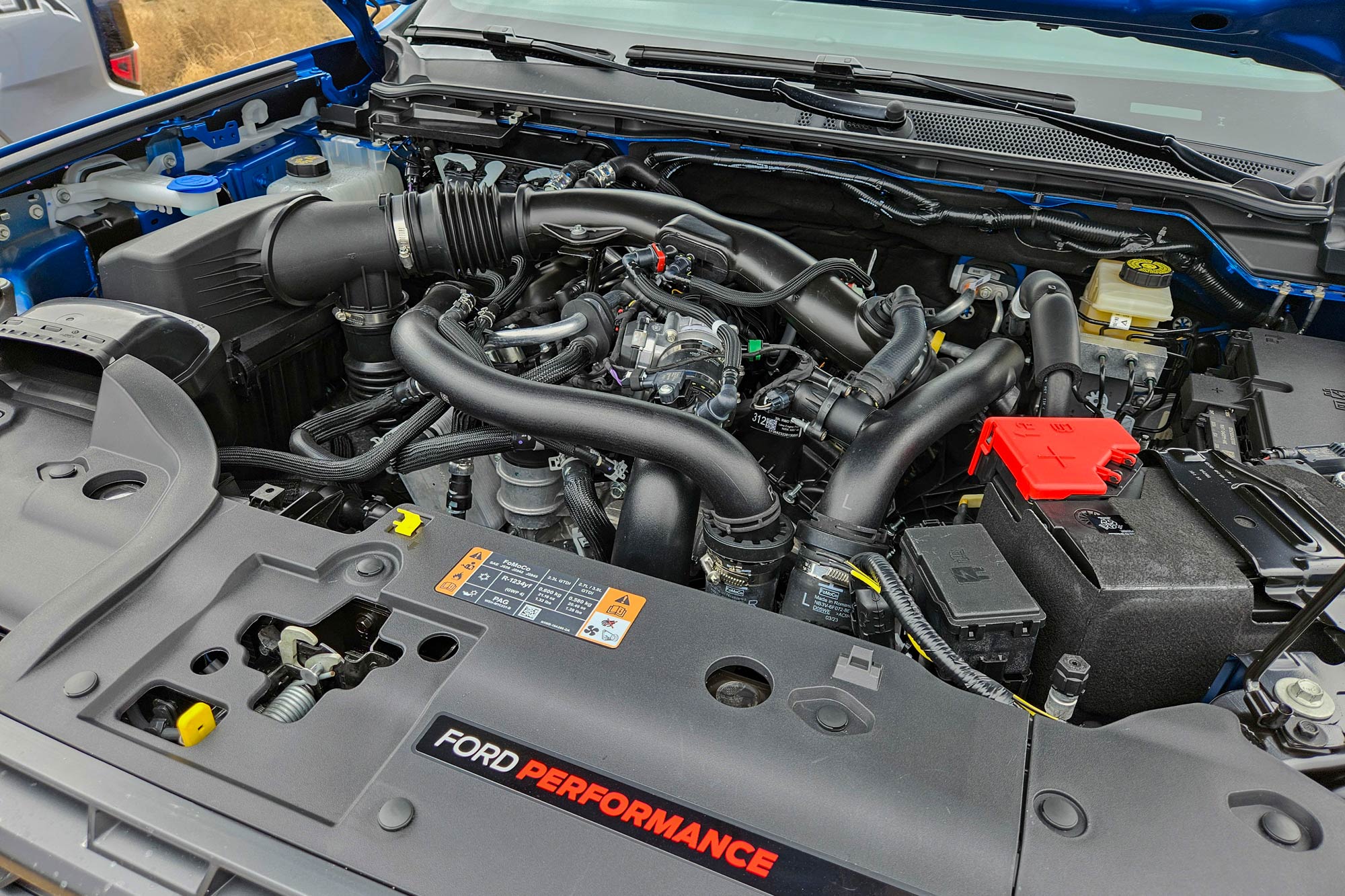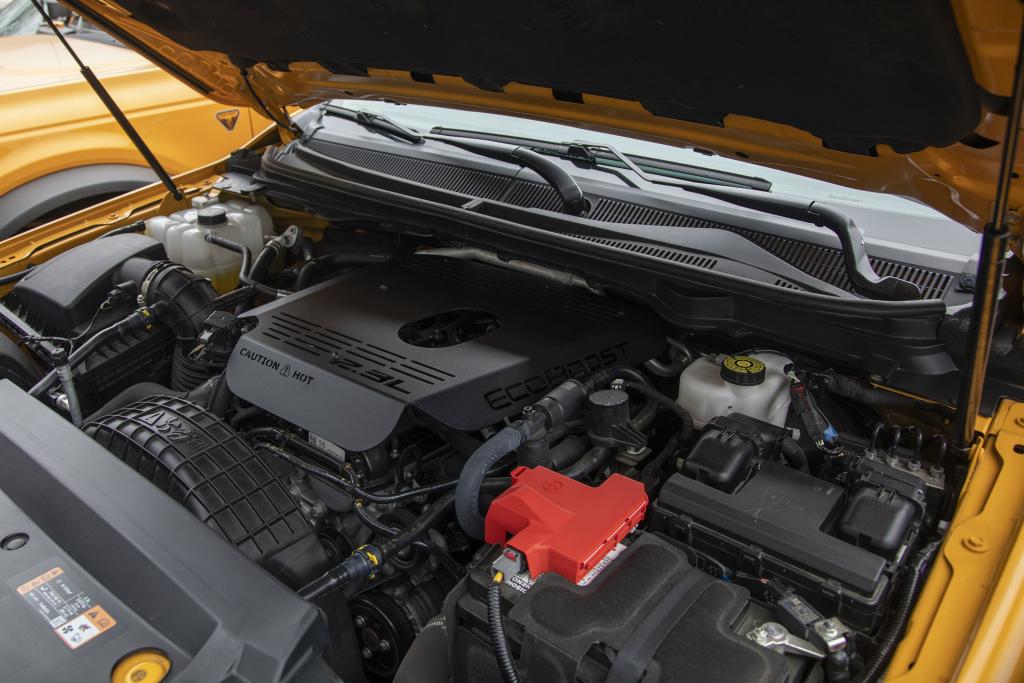Comprehending the Essentials of Vehicle Engines: Features, features, and kinds

Introduction of Car Engines
A cars and truck engine works as the heart of a vehicle, converting gas right into mechanical energy to move it onward. This detailed system makes up different parts that function in unison to ensure optimal performance and performance. The essential procedure of a car engine involves the interior burning process, wherein fuel and air are blended, ignited, and eliminated to create power.
The engine's style can substantially impact its performance, gas effectiveness, and exhausts. Secret parts include the cylinder block, pistons, crankshaft, and camshaft, each playing a vital duty in the engine's total function. The cylinder block houses the cyndrical tubes where combustion takes place, while the pistons transform the eruptive power from burning into direct activity. This movement is after that transformed right into rotational power by the crankshaft, making it possible for the vehicle's wheels to transform.
Along with these elements, engines typically utilize different systems such as fuel injection, ignition, and cooling systems to boost efficiency and long life. Understanding the standard mechanics of automobile engines is essential for doing and detecting issues upkeep, ultimately adding to the automobile's integrity and performance in time.

Types of Automobile Engines
Auto engines can be categorized right into numerous kinds based upon their style, gas type, and operational principles. 2.2 ford ranger engine. One of the most usual categories include interior combustion engines (ICE), electric engines, and hybrid engines
Inner combustion engines, which can be further split right into gas and diesel motor, run by sparking a fuel-air mix to produce power. Gasoline engines are commonly lighter and smoother, while diesel motor are extra fuel-efficient and offer greater torque.
Electric engines use electric energy saved in batteries to power an electric motor, giving instantaneous torque and no exhausts throughout procedure. As technology advancements, electrical automobiles (EVs) are significantly ending up being prominent for their ecological advantages and reduced running expenses.
Hybrid engines integrate components of both internal burning and electric engines, permitting adaptable source of power and boosted gas effectiveness. They can operate in numerous modes, utilizing either the gas engine, the electrical motor, or both at the same time.
Each kind of engine has distinctive advantages and disadvantages, influencing their application in different lorry types and market segments, from compact vehicles to durable trucks. Recognizing these types is necessary for making educated decisions relating to car selection and performance expectations.
Engine Features Clarified
Recognizing engine features is crucial for comprehending exactly how cars operate successfully. At the core of any kind of internal burning engine exists the basic process of transforming gas into power. This process starts with the consumption stroke, where air and gas are attracted into the combustion chamber. Following this, the compression stroke compresses the air-fuel mixture, boosting its temperature and pressure.
The ignition occurs next, igniting the combination and creating a fast growth of gases. This pressure drives the piston down throughout the power stroke, which ultimately equates right into the rotational movement of the crankshaft. The exhaust stroke then expels the invested gases from the chamber, giving way for a new cycle to start.
Along with these key features, engines likewise integrate systems that take care of cooling and lubrication, making certain optimal operational temperature levels and lowering rubbing between relocating parts. This complex interplay of functions enables the engine to produce the power required for click reference lorry propulsion while maintaining efficiency and dependability. Comprehending these functions provides valuable insight into the intricacies of vehicle engineering and boosts the capability to detect and attend to engine-related issues efficiently.
Key Engine Features
Engine layout incorporates numerous key features that considerably affect performance, performance, and toughness. One of one of the most critical elements is the engine arrangement, which includes inline, V-type, and level styles. Each setup affects the engine's dimension, equilibrium, and power result, thus impacting total vehicle dynamics.
Another important attribute is the engine variation, referring to the total quantity of all cylinders. Larger variations generally yield more power however may endanger gas efficiency. Engine products also play a critical function; high-strength and lightweight materials, such as aluminum and magnesium alloys, enhance efficiency without adding too much weight.
The kind of gas shot system employed-- such as multi-port or direct injection-- influences combustion efficiency and emissions. Supercharging and turbocharging are attributes that boost engine efficiency by compeling extra air right into the combustion chamber, raising power result without substantially raising engine dimension.
Last but not least, the visibility of sophisticated engine monitoring systems maximizes fuel-air mix and ignition timing, contributing to smoother operation and much better fuel economy. Jointly, these features define an engine's capacities, setting the foundation for its efficiency and longevity in an affordable auto landscape.
Upkeep Tips for Engines
Proper engine maintenance is vital for ensuring optimum efficiency and long life, as neglecting regular treatment can result in considerable issues down the line. To maintain your view publisher site engine effectively, start with routine oil modifications, normally every 3,000 to 7,500 miles, depending upon the kind of oil used. Fresh oil lubricates engine elements, minimizing rubbing and wear.
Additionally, checking coolant levels is important to protect against overheating. Make certain that the coolant is covered up and remains in excellent this page condition to keep reliable temperature level guideline. Consistently replace and evaluate air and fuel filters, as clogged filters can prevent air flow and fuel delivery, endangering engine efficiency.
Moreover, pay attention to stimulate plugs and ignition systems. Defective or used ignition system can result in misfiring and reduced efficiency. Examining the battery terminals and links for rust is likewise important, as a weak battery can influence engine beginning.

Final Thought
In recap, a comprehensive understanding of automobile engines incorporates different kinds, features, and key functions that dramatically influence automobile performance. Inner combustion engines, along with electrical and hybrid options, demonstrate varied devices for energy conversion. 2.2 ford ranger engine. Identifying the important functions, such as consumption and exhaust cycles, along with important engine functions like setup and fuel shot systems, furnishes automobile proprietors with the knowledge essential for efficient maintenance and procedure, ultimately boosting car long life and efficiency
A car engine serves as the heart of an automobile, transforming gas into mechanical power to push it ahead. The essential procedure of a car engine includes the inner burning procedure, wherein gas and air are mixed, fired up, and removed to produce power.
Routinely replace and evaluate air and fuel filters, as blocked filters can hinder air flow and gas distribution, endangering engine efficiency. - 2.2 ford ranger engine
In recap, a comprehensive understanding of automobile engines includes numerous kinds, functions, and essential attributes that dramatically influence car efficiency. Recognizing the crucial functions, such as intake and exhaust cycles, alongside important engine functions like arrangement and fuel shot systems, outfits car owners with the expertise required for effective upkeep and operation, ultimately improving vehicle longevity and efficiency.
Comments on “Why the 2.2 Ford Ranger Engine Is a Popular Choice for Rugged and Reliable Performance”